New Research Says Women Have a "Crack-Like" Addiction to Botox
Just a little shot here, a little shot there...
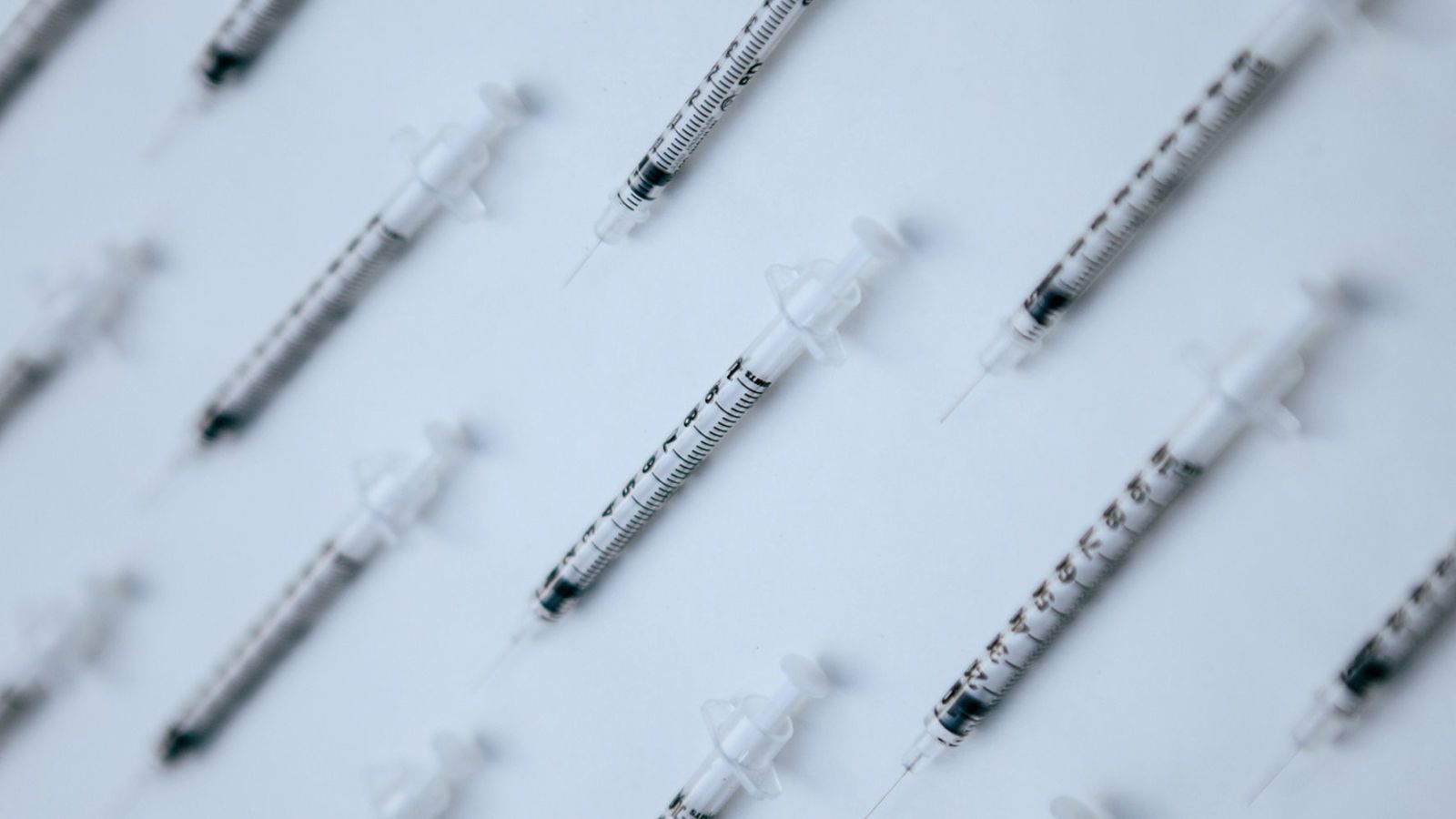

There is no doubt that the introduction of Botox back in 2002 was a game changer for the beauty and cosmetic-surgery industries. Fifteen years in, its popularity shows no signs of slowing down. In fact, the number of younger women (aged 19-34) receiving injections has actually soared 41% since 2011, according the American Society for Aesthetic Plastic Surgery.
It's those young women who might be feeling a "crack-like addiction" to injectables, one researcher says. In her new book Botox Nation: Changing the Face of America, Dana Berkowitz, PhD, wonders if doctors are creating (and enabling) lifelong customers by suggesting they start younger and younger.
"The problem is that Botox only lasts for between four and six months, so once you start seeing those lines form again you go back," explains Berkowitz. "Women I interviewed talked about it in terms of it being addictive. One said she was 'crack-like' about it."
A post shared by Kelly Choi, NP-C (@theinjectionista)
A photo posted by on
It's not just the temporary nature of Botox that keeps women coming back; it's also the Sisyphean task of trying to stop or erase every sign of aging, including those that haven't even appeared yet.
One 30-year-old told Berkowitz, "I love Botox, but the only problem is that now the attention is taken away from my forehead and I'm starting to notice my parentheses around my mouth. I feel like I want fillers there."
While Botox has a myriad of uses—like obstructing over-active sweat glands and maybe even easing depression—Berkowitz's book attacks the whole "preventative" concept as an insidious tool of the beauty biz, another way to make women feel inadequate.
Hmm, major food for thought. Just don't think too hard...it might cause a forehead wrinkle.
Stay In The Know
Get exclusive access to fashion and beauty trends, hot-off-the-press celebrity news, and more.
Follow Marie Claire on Facebook for the latest celeb news, beauty tips, fascinating reads, livestream video, and more.
-
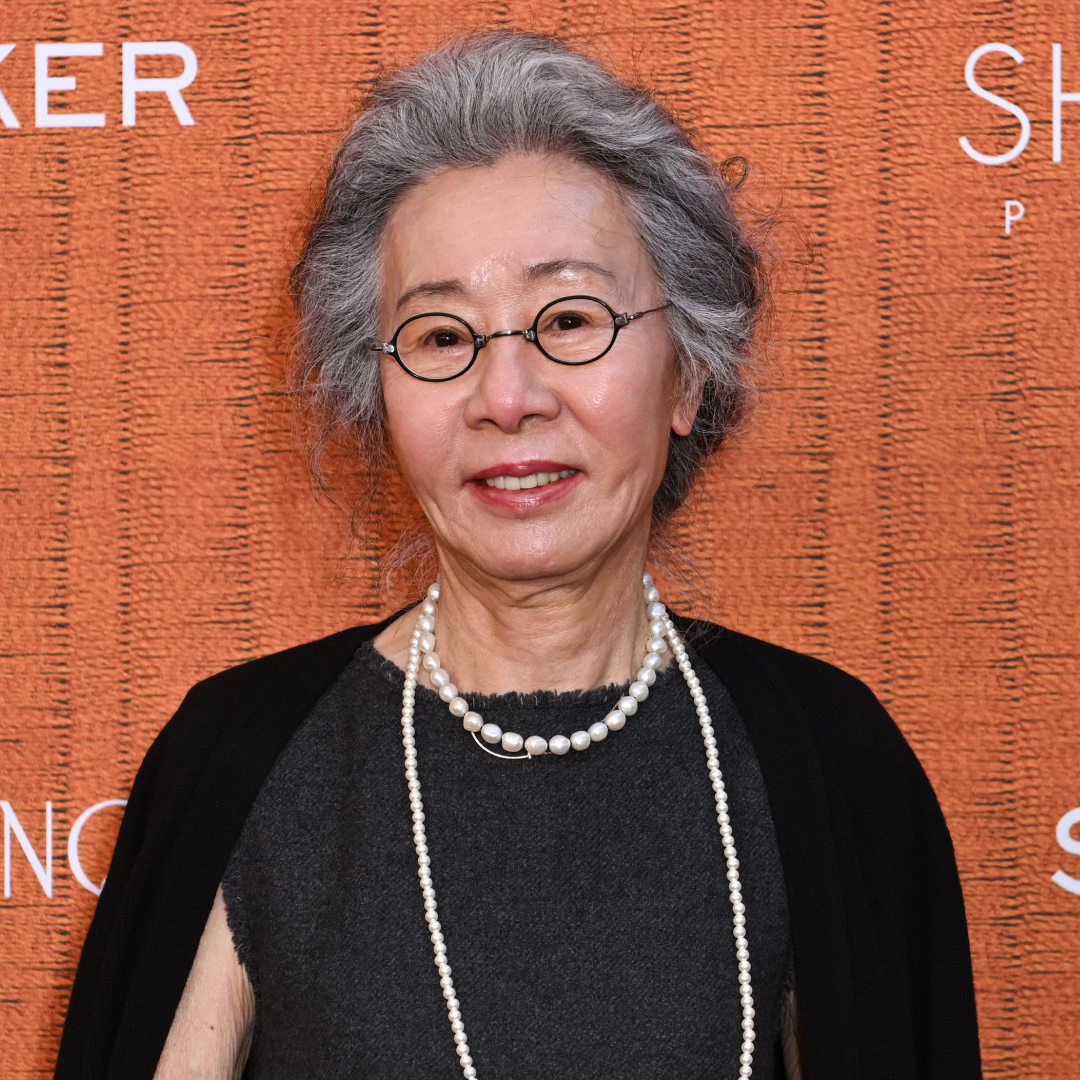 Youn Yuh-Jung Didn't Want to Make Another American Movie—Then Came 'The Wedding Banquet'
Youn Yuh-Jung Didn't Want to Make Another American Movie—Then Came 'The Wedding Banquet'The Oscar winner shares why the LGBTQ+ rom-com hit close to home and the message she hopes it sends to ''conservative'' Koreans.
By Quinci LeGardye
-
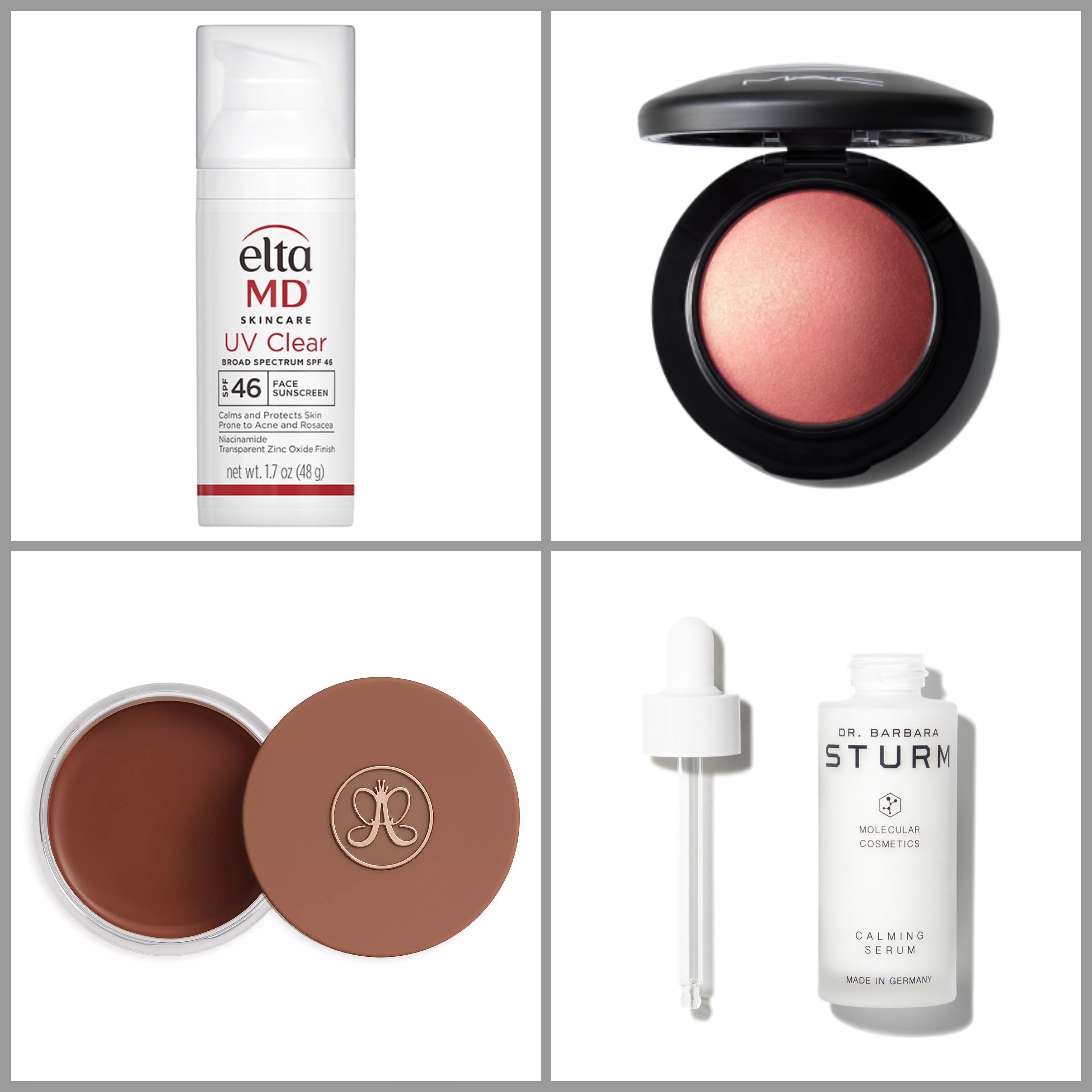 The 17 On-Sale Beauty Finds I’m Stocking Up on Ahead of Summer
The 17 On-Sale Beauty Finds I’m Stocking Up on Ahead of SummerFrom glowy blushes to the all-time best sunscreen.
By Brooke Knappenberger
-
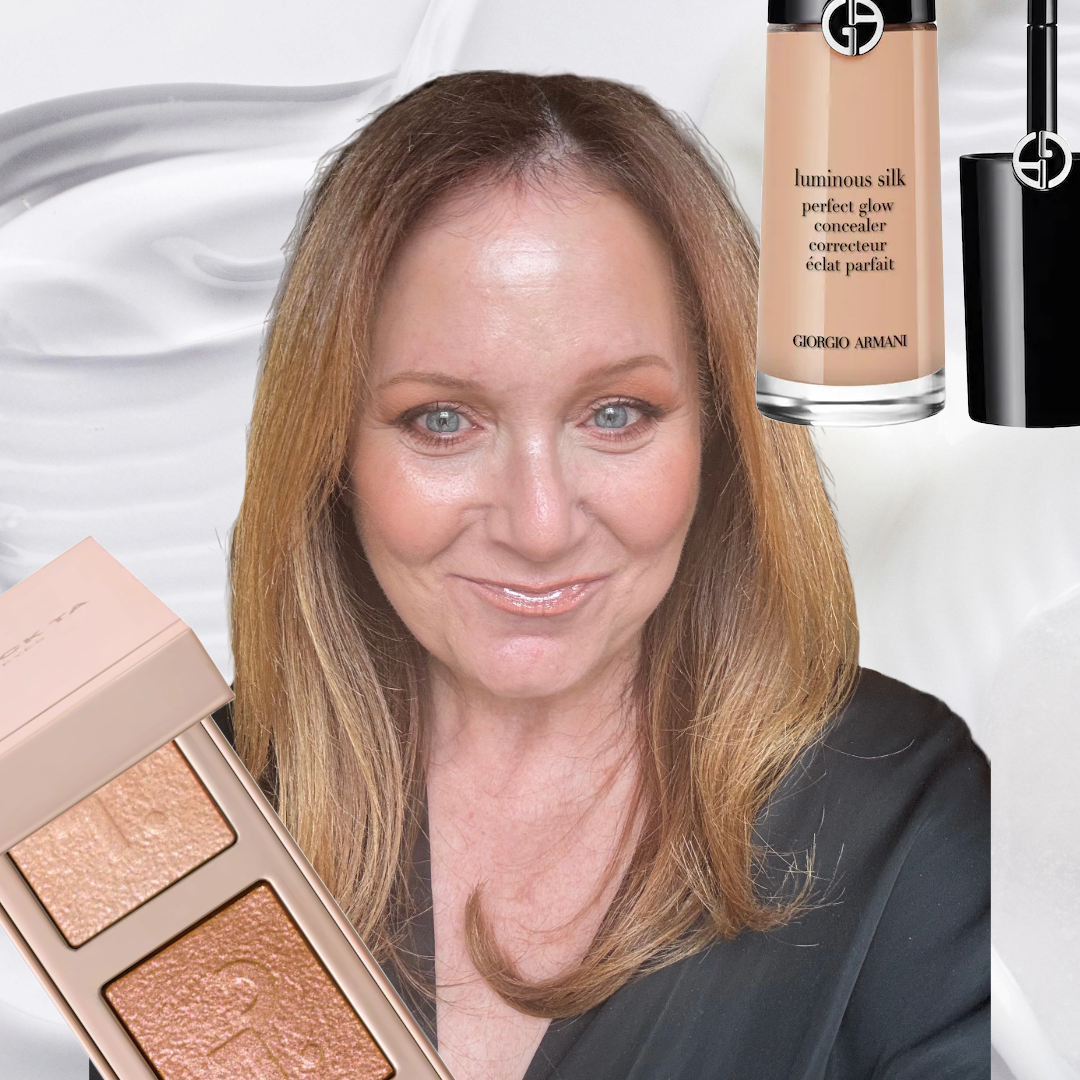 My Incredibly Picky Mom Told Me Every Beauty Product She Wants for Mother's Day
My Incredibly Picky Mom Told Me Every Beauty Product She Wants for Mother's DayShopping made easy.
By Samantha Holender
-
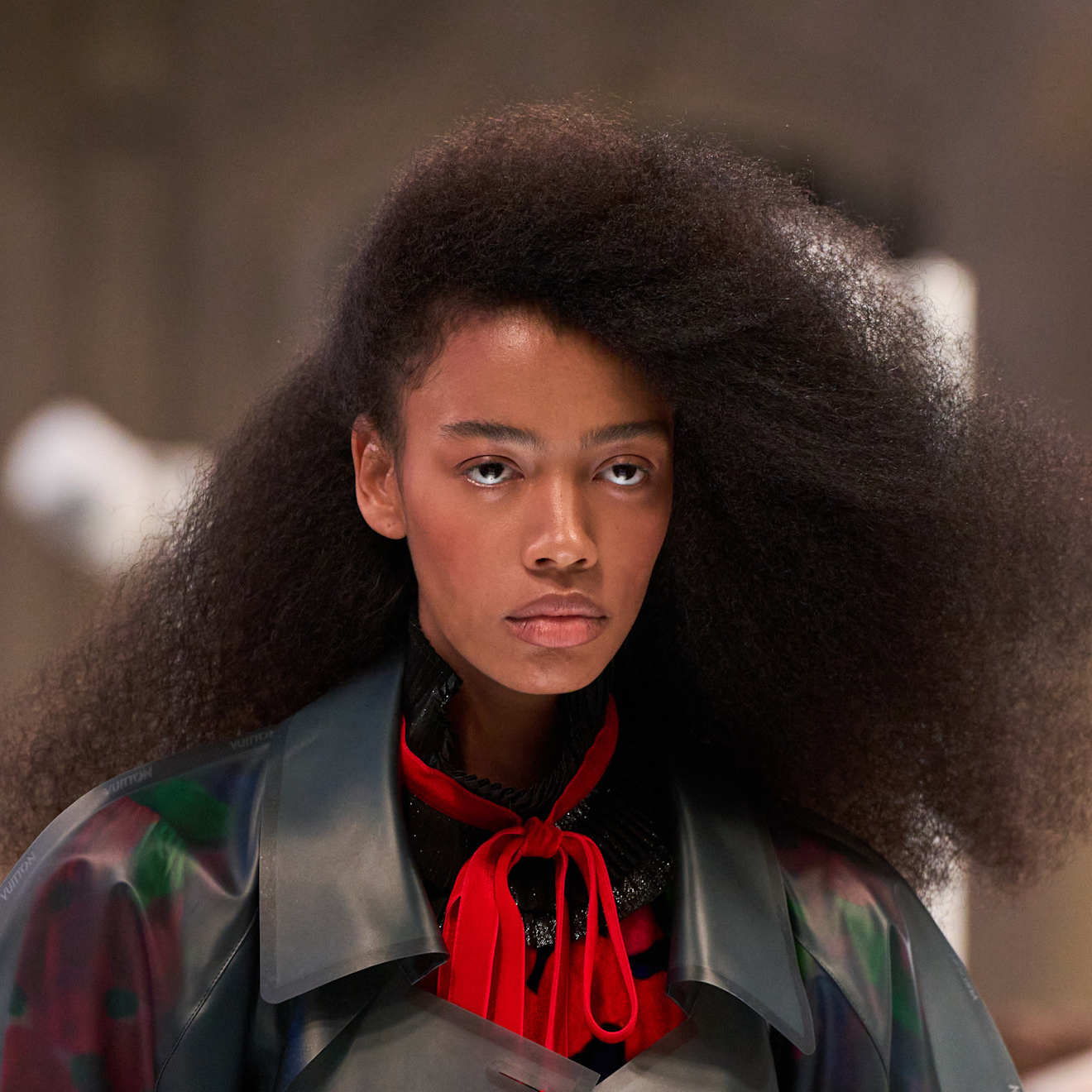 Everything You Need to Know About Marie Claire’s Skin and Hair Awards
Everything You Need to Know About Marie Claire’s Skin and Hair AwardsCould your brand survive an editor testing session?
By Ariel Baker
-
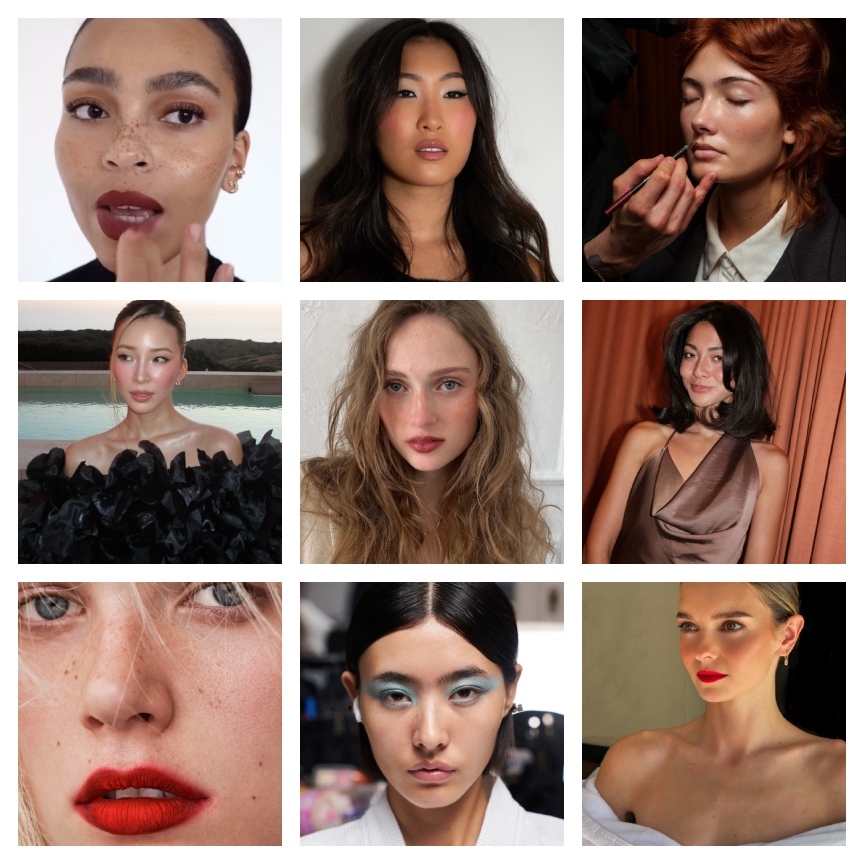 The 11 Best Spring Makeup Trends Are Sexy, Sensual, and Perfectly Luminous
The 11 Best Spring Makeup Trends Are Sexy, Sensual, and Perfectly LuminousIt's dew or die time.
By Jamie Wilson
-
 Simone Ashley’s Indie Sleaze Glam Is a Cool-Toned Dream
Simone Ashley’s Indie Sleaze Glam Is a Cool-Toned DreamThe actor was spotted in New York City looking like the epitome of cool-toned beauty.
By Ariel Baker
-
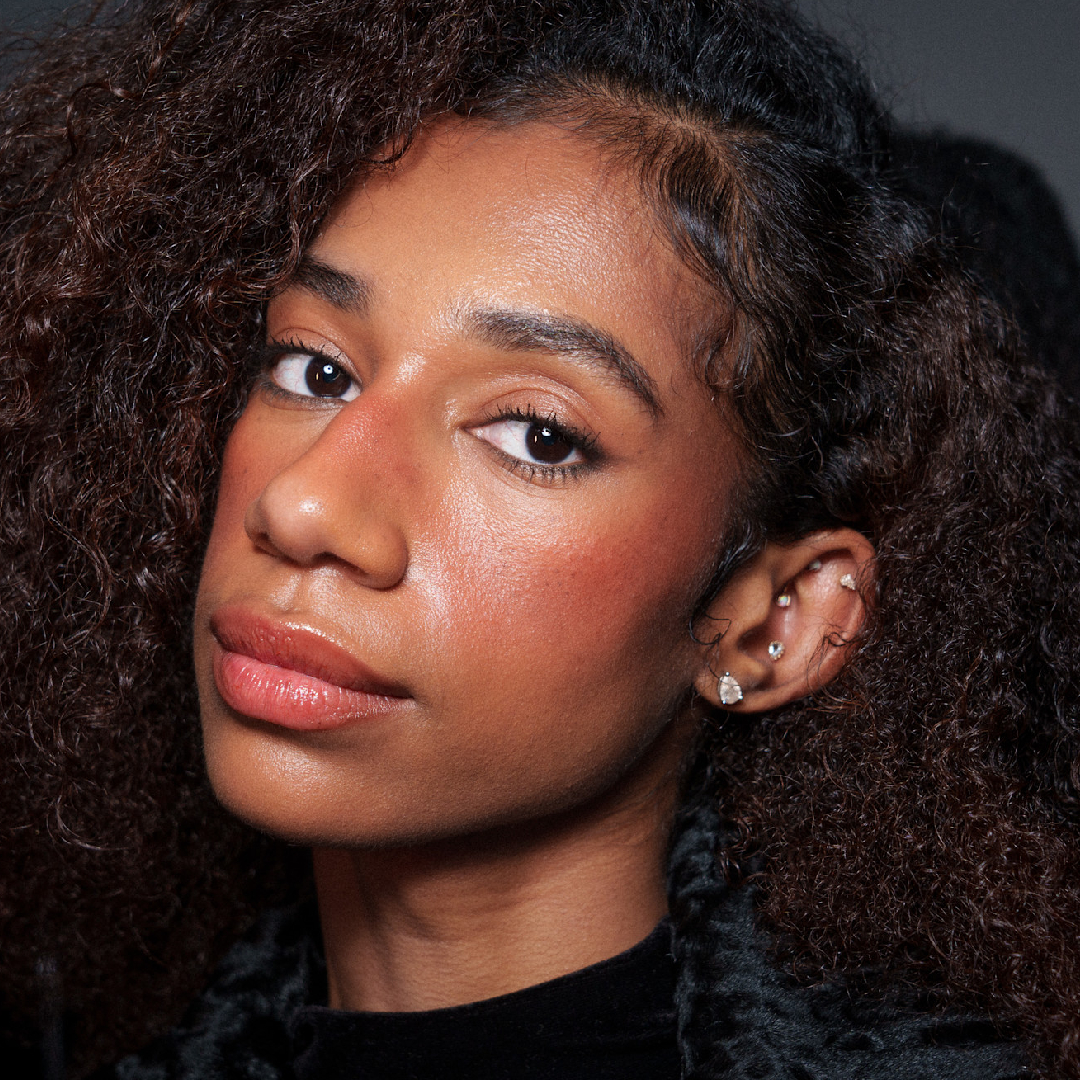 The 10 Best Hair Growth Shampoos of 2025, Tested by Editors
The 10 Best Hair Growth Shampoos of 2025, Tested by EditorsExpensive and healthy-looking hair on lock.
By Marisa Petrarca
-
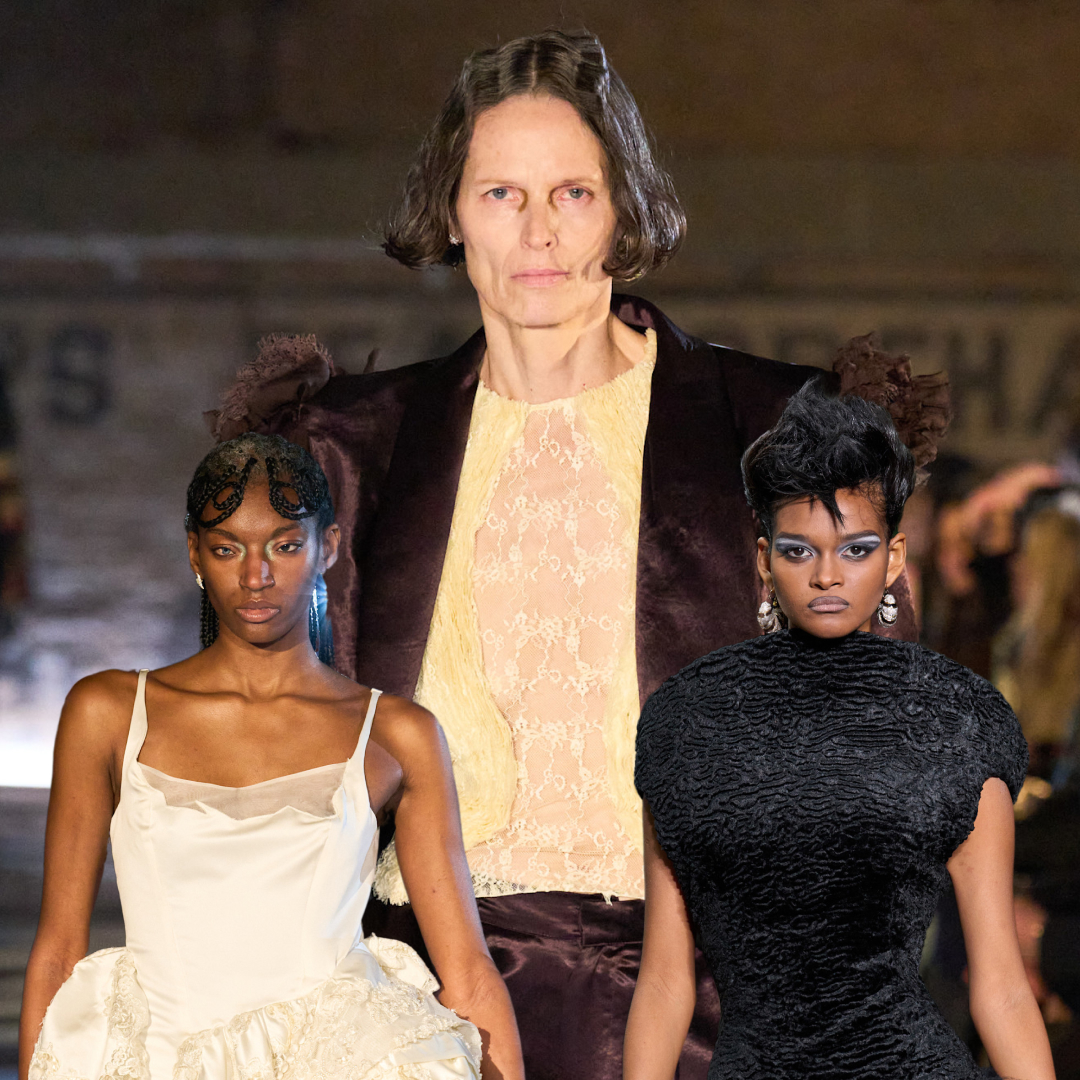 New York Fashion Week’s Fall/Winter 2025 Best Beauty Moments Are a Lesson in Juxtaposition
New York Fashion Week’s Fall/Winter 2025 Best Beauty Moments Are a Lesson in JuxtapositionThe week's best beauty looks were a maximalism master class.
By Ariel Baker
-
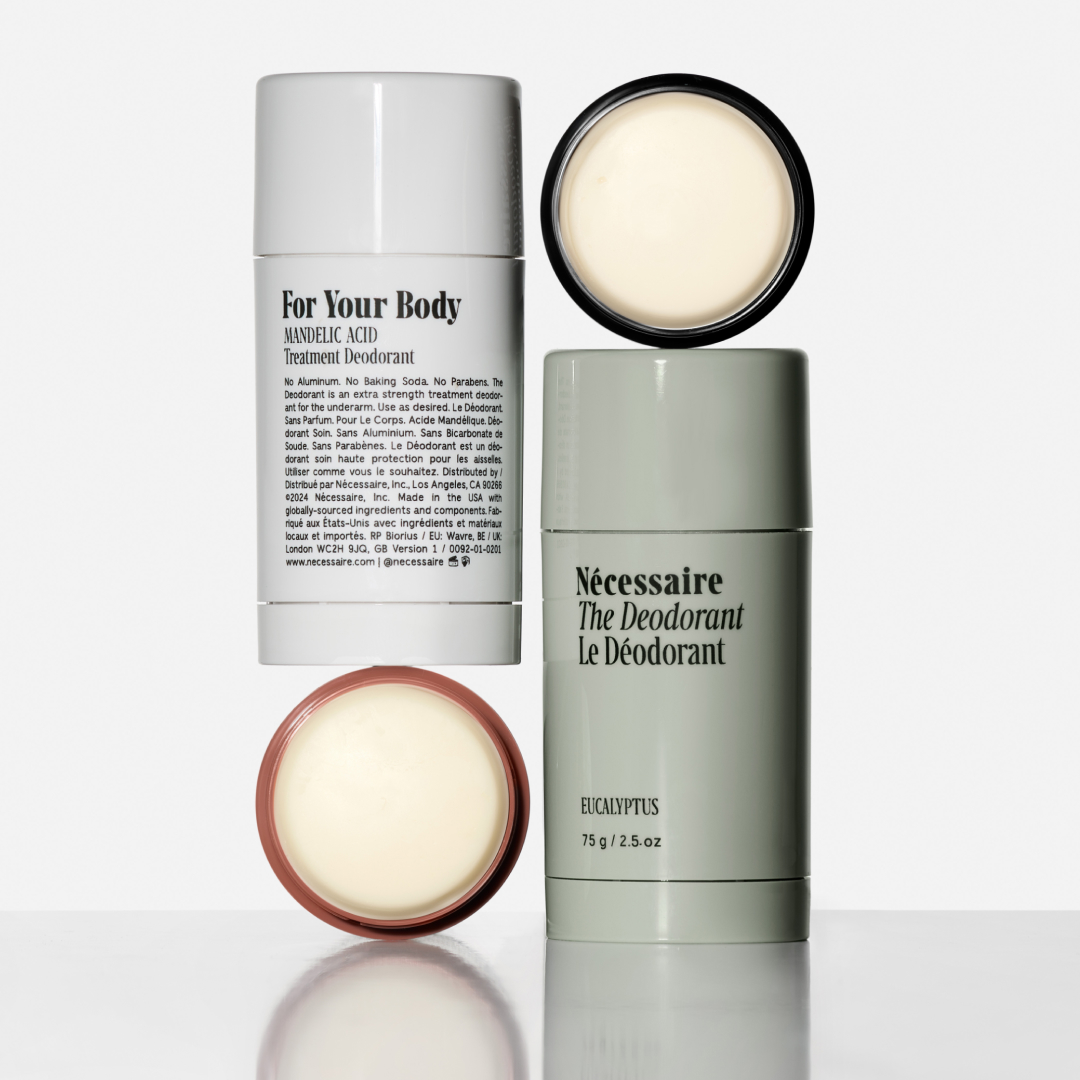 Nécessaire's Extra-Strength Deodorant Outlasts an Editor's Sweatiest Test: Fashion Week
Nécessaire's Extra-Strength Deodorant Outlasts an Editor's Sweatiest Test: Fashion WeekEven with my hectic schedule, I've never smelled better.
By Halie LeSavage
-
 Lily-Rose Depp’s Cool-Toned Makeup Is So ‘90s Coded
Lily-Rose Depp’s Cool-Toned Makeup Is So ‘90s CodedClean girl meets grunge.
By Ariel Baker
-
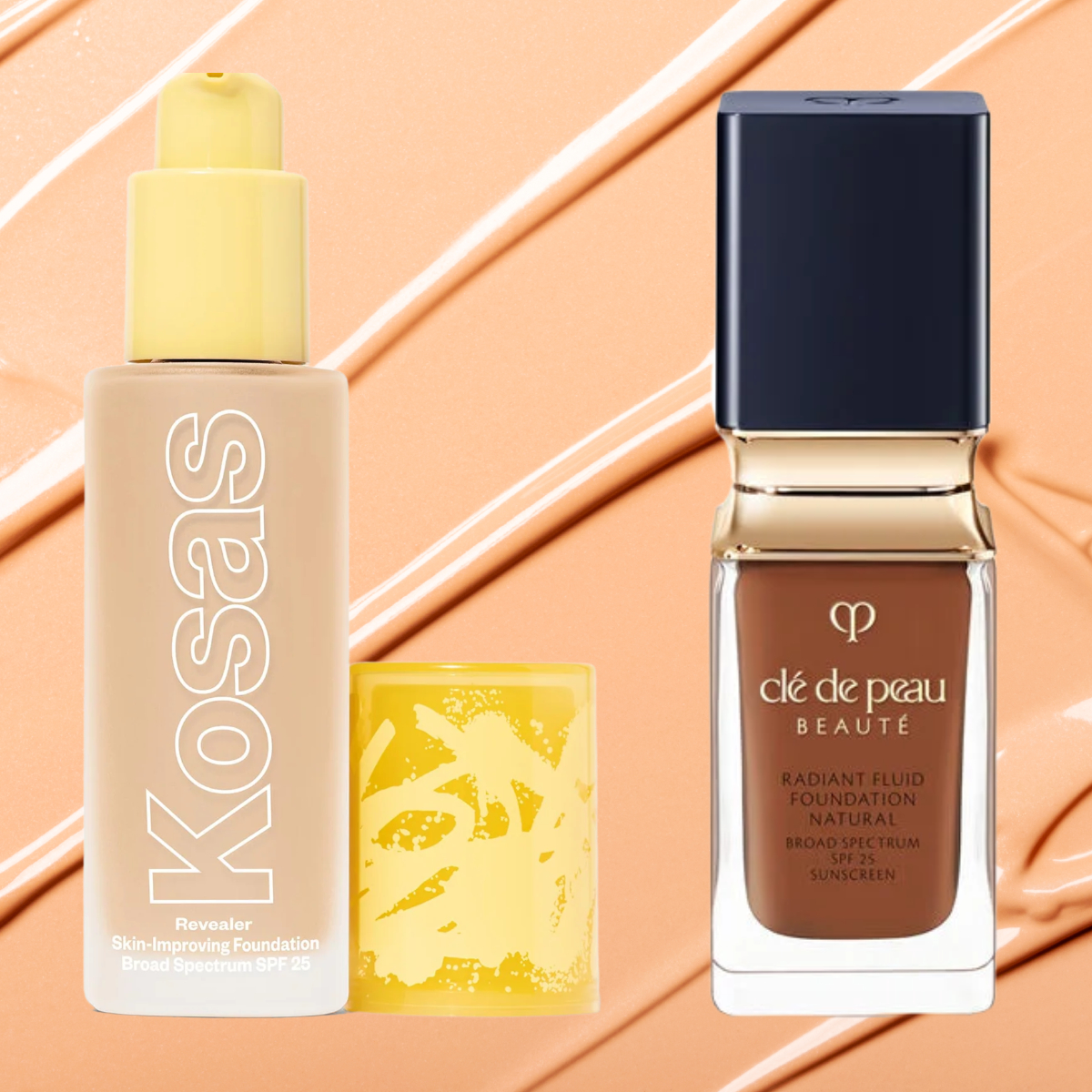 The 15 Best Foundations for Mature Skin, Tested by Women Over 50
The 15 Best Foundations for Mature Skin, Tested by Women Over 50It's perfect for mature complexions.
By Siena Gagliano